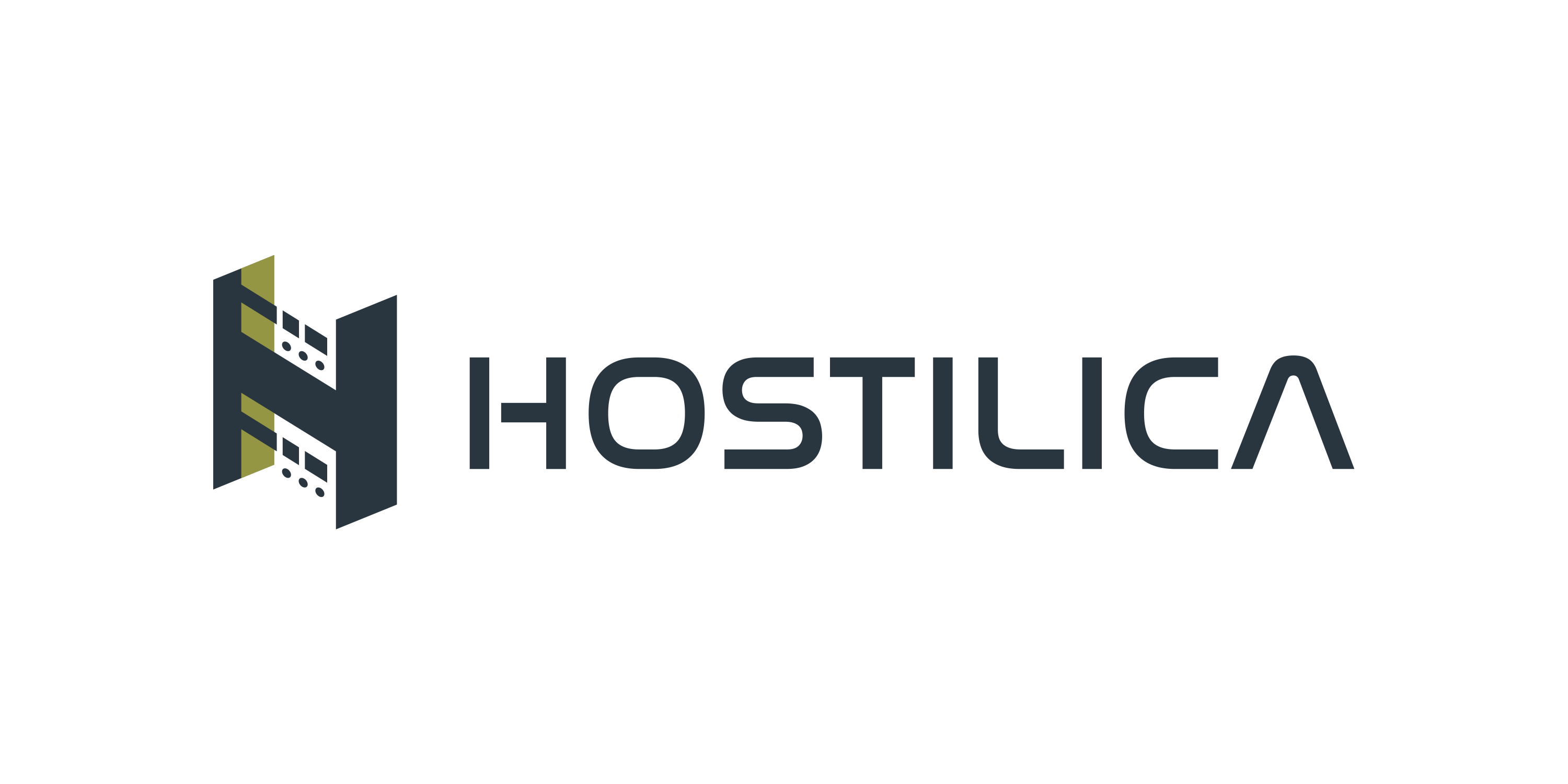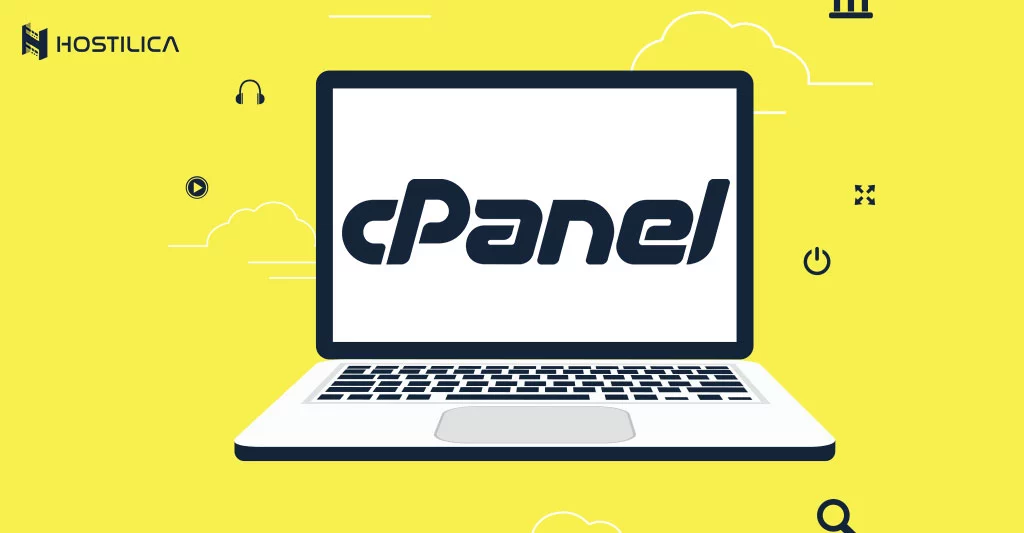The term “Internet of Things” is currently one of the most used buzzwords. It’s often abbreviated as “IoT”. Kevin Ashton (founder of MIT’s Auto-ID Center), was part of a research group that looked at how everyday objects could be linked to the Internet in the 1990s and coined the term IOT.
Many people are still not sure what IoT is, despite the fact that it is used all over the Internet. Below is a quick overview of IoT, its functions, and what we can expect in the future.
So what is IoT?
The Internet is nothing more than a network made up of computers. Many of these computers are owned by web hosts, who have servers that host websites. These computers are used by billions of Internet users to access their favorite websites, watch videos, and chat with their friends on Facebook.
Imagine that computers were not the only thing connected to the Internet. Everyday items could also connect to it.
Let’s say you have a fridge. Your kids are home while you are at work. You are at work, but the kids have finished your last can of Coca Cola. This leaves you with no choice but to drive to 7-11 to get a new one. Imagine your fridge being connected to the Internet. You received an email letting you know that you may want to stop by 7-11 on your way home for some Coke.
This is basically the idea behind IoT, which allows everything to be connected to the Internet to give feedback and provide relevant information whenever needed.
Here are some examples of IoT:
Activity Trackers:
These sensors can be worn throughout the day to transmit and monitor key health indicators such as appetite, fatigue, physical movement and oxygen levels. Home monitoring helps seniors and disabled live independently, while reducing the need for hospitalizations or emergency room visits.
Smart farming:
Smart IoT farming applications can help farmers optimise a variety of tasks, including detecting the optimal time to harvest plants, developing fertiliser profiles based on soil chemistry, and sensing soil nutrients and moisture levels.
IoT technologies can aid precise farming, resulting in increased yield. According to a BI Intelligence analysis, the market for agriculture IoT device installation would likely expand at a 20% annual pace, reaching 75 million by 2021.
Smart Supply Chain Management:
Smart routing and rerouting algorithms can help supply chain managers make better predictions. Smart IoT devices connected to shipments can provide real-time after-the-fact information via GPS and RFID signals, allowing supply chain managers to make more informed decisions. IoT applications can aid in the reduction of supply chain management uncertainty concerns. Smart supply chain management systems can help supply chain managers reduce variance, save costs, and increase profitability. Inventory management, vendor relationships, fleet management, and scheduled maintenance can all benefit from the programs.
Conclusion
The Internet of Things is still in its adolescence. We shall be connected in ways that are difficult to comprehend today in years to come. IoT applications will increase decision-making, efficiency, convenience, wellness, and energy saving, especially when integrated with artificial intelligence and automation. Integration of these technologies will also allow for more creative thinking and novel applications in a variety of industries.




